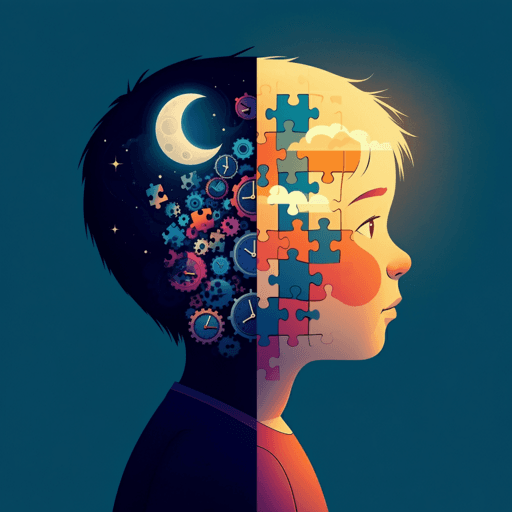
Medicine and Health
Social jet lag is associated with core symptoms in 2-3-year-old children with autism spectrum disorders
H. Chen, T. Yang, et al.
Nearly half of 2–7-year-old children with ASD showed sleep problems, with later weekend bedtimes, delayed wake times, increased weekend sleep, and reduced weekend sleep deficiency; notably, social jet lag correlated with core ASD symptoms in 2–3-year-olds, suggesting regular routines may help. This research was conducted by Authors present in <Authors> tag.
~3 min • Beginner • English
Related Publications
Explore these studies to deepen your understanding of the subject.







